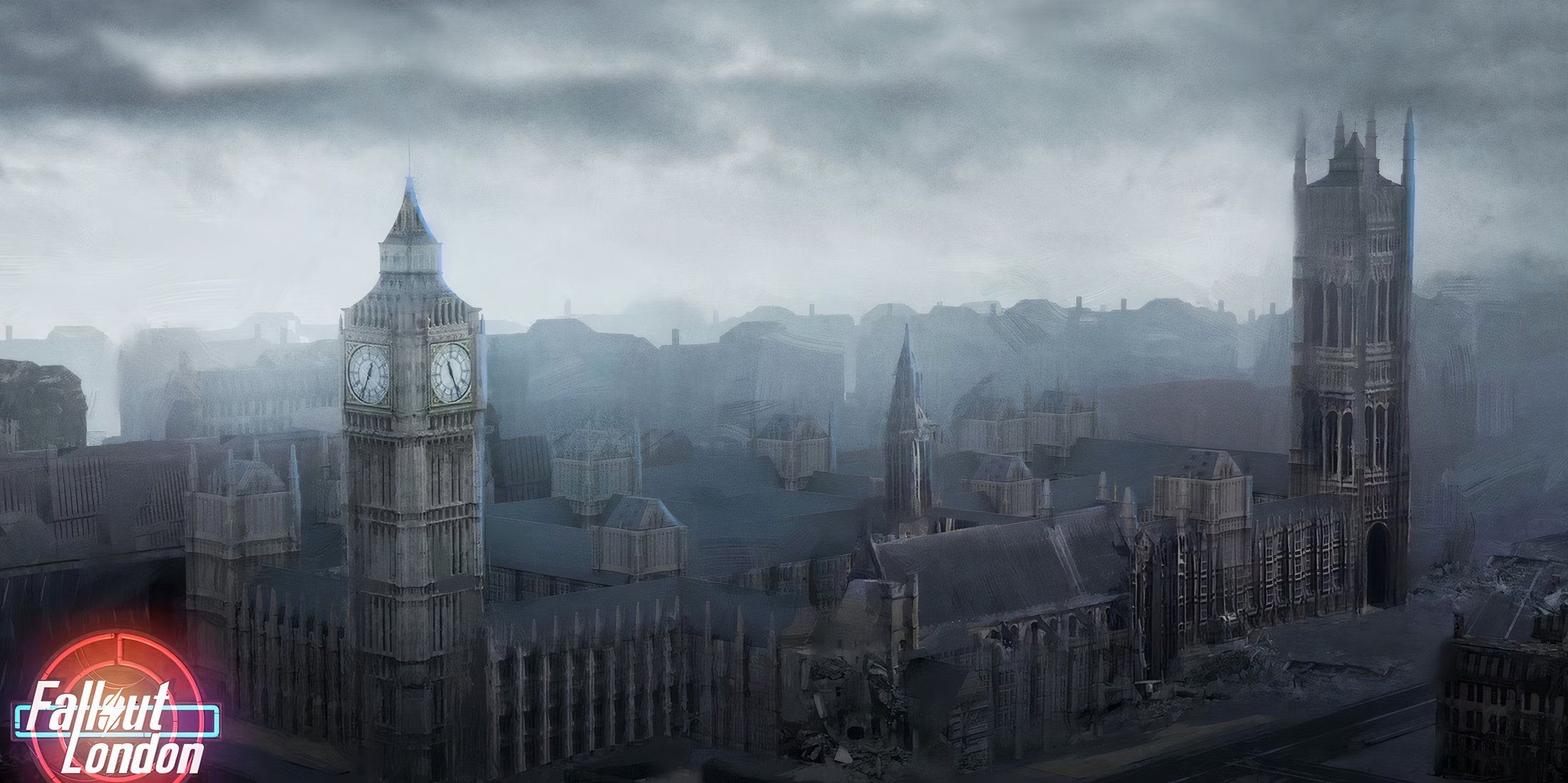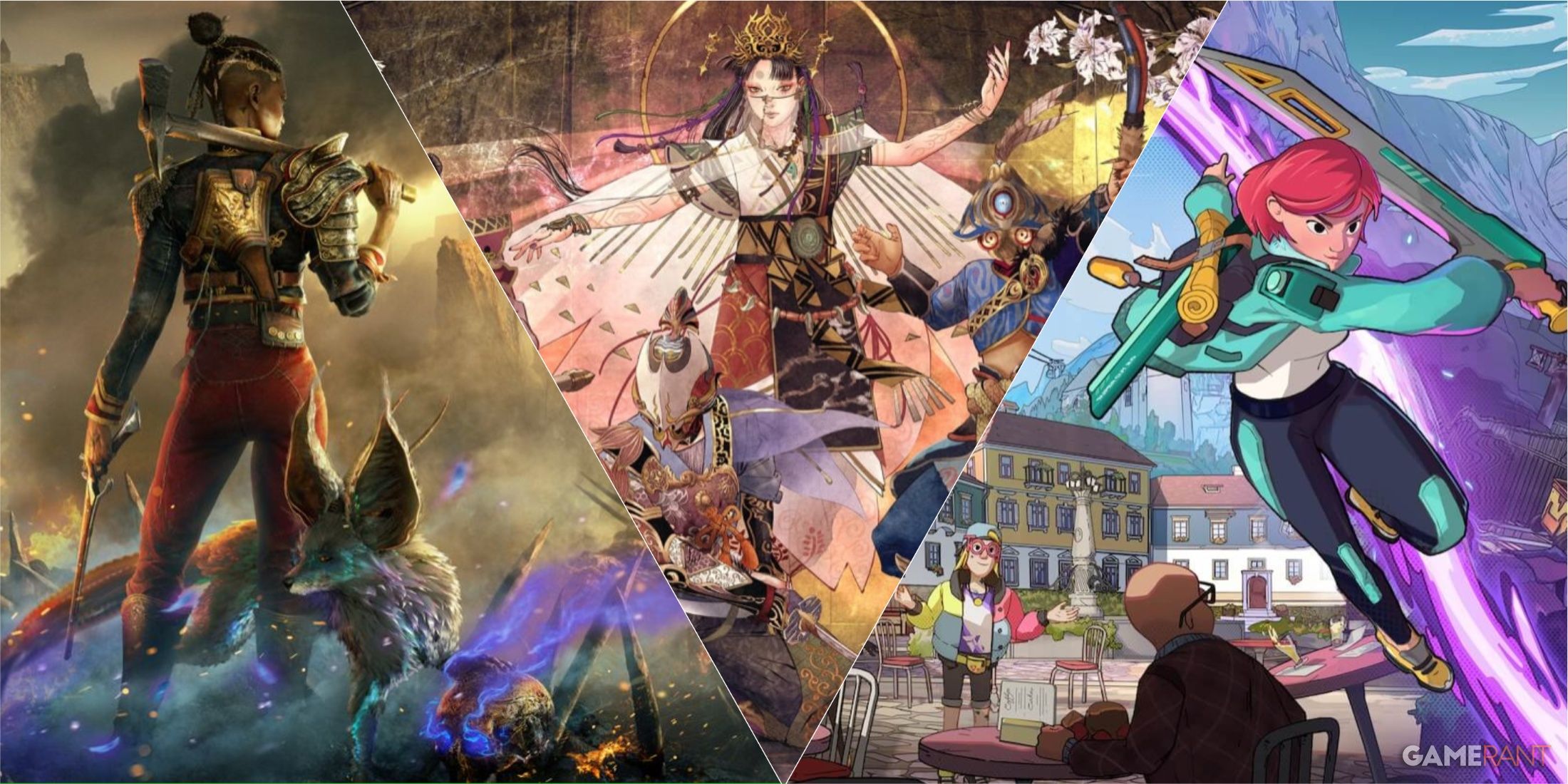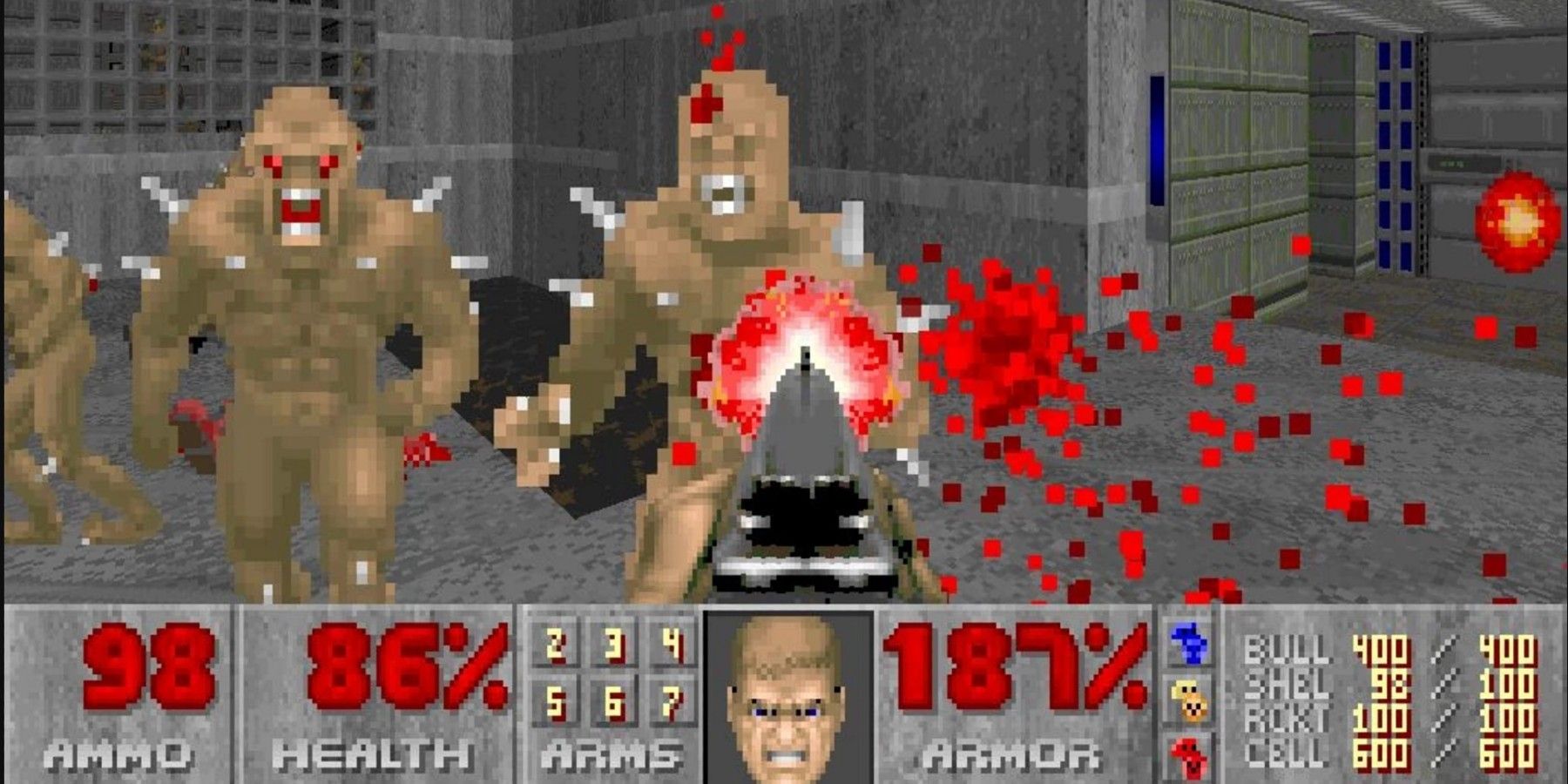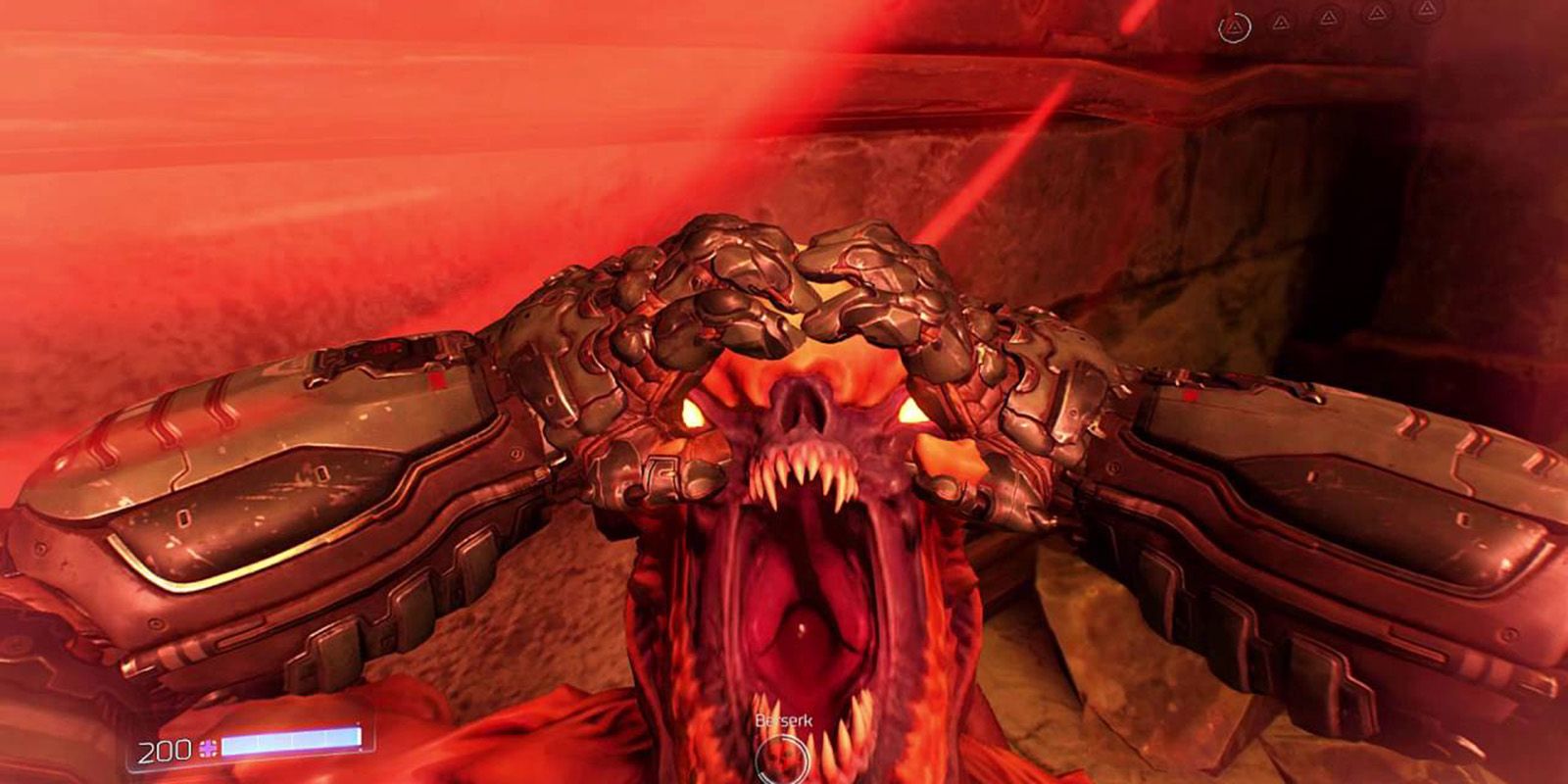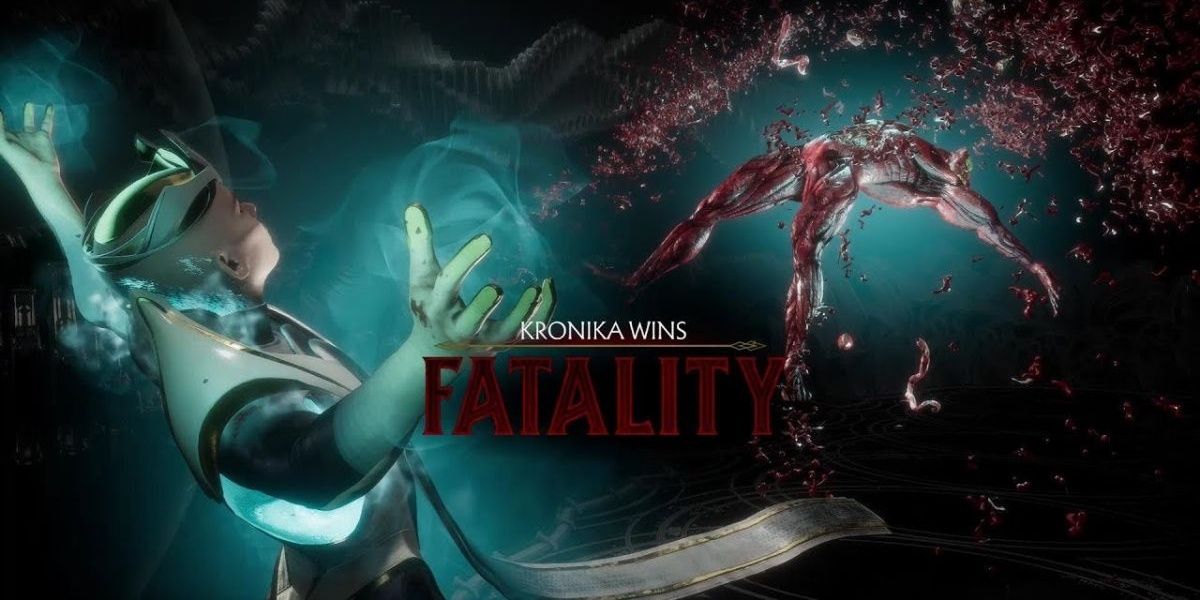The vast majority of gaming tropes can trace their roots back to certain milestones in the gaming industry, such as the beginning of a new genre, a revolutionary new type of game design, or one particularly popular video game release. But when it comes to the 'ludicrous gibs' gaming trope, its origins have a much longer history, dating back long before even the invention of the Atari 2600.
The 'ludicrous gibs' trope is one of those rare tropes in gaming that isn't just restricted to the medium of video games. In fact, the 'ludicrous gibs' trope can be found across all different types of media, from movies to TV shows, from comic books to anime and manga. And it doesn't take much effort to find either. The 'ludicrous gibs' trope is not a subtle one, and it's likely that gamers have witnessed it more times than they can count.
The Ludicrous Gibs Gaming Trope Explained
Coming from the word "giblets," a term used to describe the internal organs of a bird, the 'ludicrous gibs' gaming trope can often be seen in just about any violent video game, from first-person shooters to fighting video games. This trope isn't just used to describe standard moments of gore in a video game, but those moments of absurd violence and gore, where the viscera on screen no longer resembles an ounce of realism.
This 'ludicrous gibs' trope is often used to describe death animations in video games that go so far over the top that they lose all meaning, which often turns an otherwise harrowing action into an absurdly funny one. The most common example of this trope is when a small firearm like a pistol is used to obliterate an enemy's body or head, not just drawing blood, but absolutely eviscerating it into a cloud of blood and bits. Some games that use limb dismemberment mechanics are also often subject to the 'ludicrous gibs' trope, with body parts flying away at the lightest tap of a bullet or sword.
The Best Examples of the Ludicrous Gibs Trope in Gaming
One of the earliest and best examples of the 'ludicrous gibs' trope in gaming comes from id Software's 1993 classic Doom. Gore is a pretty big part of the Doom franchise as a whole, and even the series' original entry is guilty of using this trope, with even just a pistol being able to reduce a demon to a mere pile of bones and goo. The modern iterations of Doom turn this violence up to 11, retaining the tongue-in-cheek, over-the-top nature of the original with its Glory Kill system that actively rewards players for ripping apart demons in the most brutal ways.
The Castlevania franchise has a slightly more subtle history with the 'ludicrous gibs' trope. When the series debuted, its gothic architecture and horror influences were enough to spook players. But as the series progressed, its developers wanted to add more adult elements, such as gore. In Castlevania: Rondo of Blood, when the player dies, Richter Belmont is flung into the air and explodes into several clouds of blood, all in slow-motion. Then in Symphony of the Night, enemies began spurting blood with each attack the player managed to land.
The Dead Space series also sees its fair share of the 'ludicrous gibs' trope, with one of its primary mechanics requiring players to blast the limbs off enemy Necromorphs. While the gore in Dead Space isn't quite as absurd as most other titles that use this trope, the ease with which Isaac Clarke can dismember the alien mutants is pretty ridiculous. Of course, Mortal Kombat is another excellent example of this trope in gaming, with its extensive list of fatalities all producing excessively gory death animations.


